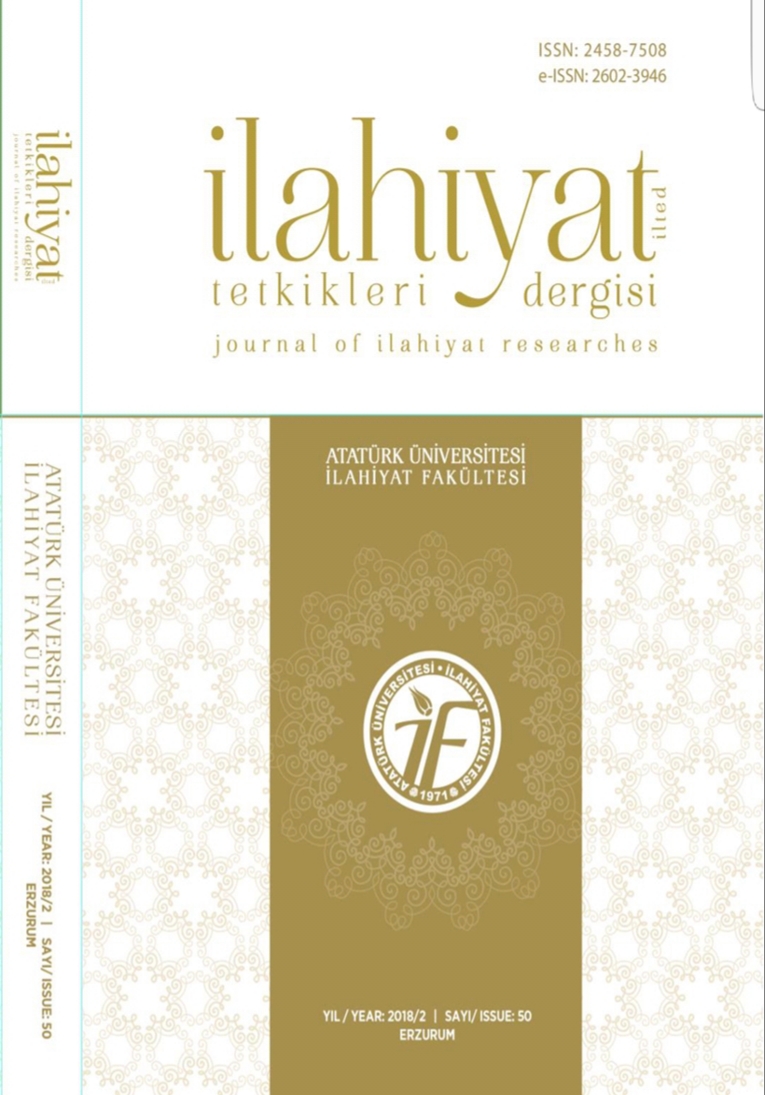Jo Van Steenbergen. Kaos Düzensizliği: Hâmilik, Mücadele ve Memlûk Sosyo-Politik Kültürü 1341-1382. Leiden: Brill, 2006
Jo Van Steenbergen. Kaos Düzensizliği: Hâmilik, Mücadele ve Memlûk Sosyo-Politik Kültürü 1341-1382. Leiden: Brill, 2006
Author(s): Yusuf ÖtenkayaSubject(s): Politics / Political Sciences, History, Book-Review
Published by: Atatürk Üniversitesi İlahiyat Fakültesi
Keywords: Mamlūk;Society;Political;Faction;
Summary/Abstract: The work of Jo Van Steenbergen, one of the lecturers of the University of Ghent, is extremely important in terms of Mamluk's social and political history. In this work the writer explains in general how the political void (chaos) arising in the wake of the breakup of the Mamluk state from the classical state organization is filled, how the political authority of the most authoritarian rulers after the sultan who gave his name to the emir-i mîe, and discussed how the class of ulema in the context of this relationship is striving to provide legitimacy to the political class. In the work composed of three parts; detailed information on legitimate power, effective force and disorder of chaos. The author first discussed what he understood from the legitimate power through the sources of the time and discussed what the place of the humans in the Mamluk state tradition is, what kind of values they have in Egypt and how they have provided legitimacy to the people in time with their absolute seizure of power. In this context, Steenbergen touched briefly on the history of the Mamluks in the state and tried to explain that they were made army by Salih Ayyub (d.1249) and they were also made an "elite" soldier. Then, he dealt with Bahrî mamluks how the people (Mamluks) played a role in conquering power and how they were accepted by the people, fighting against the Mongols on one side and the Frenkles on the other. At this point, according to the author, Bahrî mamluks, which were only called "guardians of the monarch" in the first place, were recognized and accepted as "protectors of Islam" as a result of the successful wars they had with Frenk and Mongols. According to Steenbergen, it is impossible to speak of the dominance of an emir or sultan before the establishment of the civil/monarchical lines. What drives the factionalities established by the elite emir of the turn; patronage, to obtain blessings (designation-promotion / ikta), and wanted to be makbulu’l-kalim (cretitable). Each faction is not back from entering the fight with each other to establish dominion.
Journal: İlahiyat Tetkikleri Dergisi
- Issue Year: 2018
- Issue No: 50
- Page Range: 387-392
- Page Count: 6
- Language: Turkish

